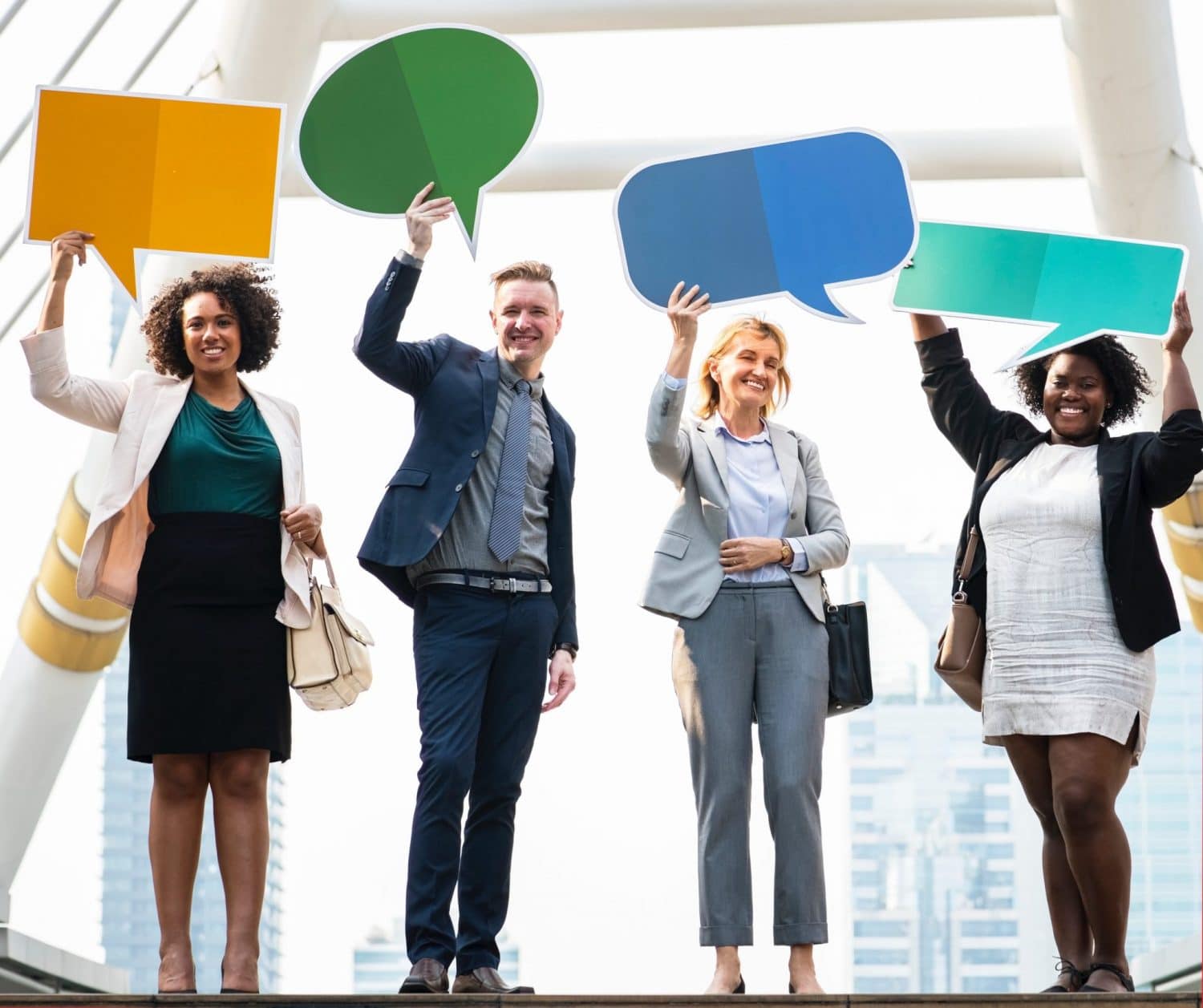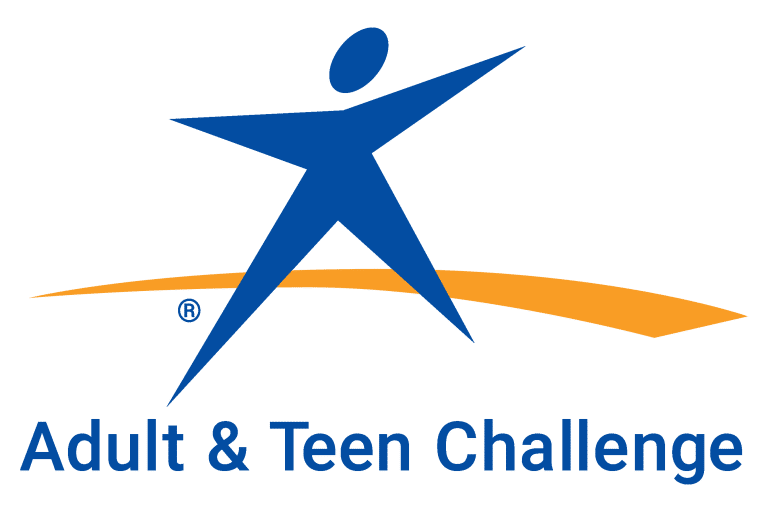What you must know (and practice) to be an effective fundraiser or leader.
Dr. Carol Kinsey Goman is senior consultant for The Dilenschneider Group. She’s the author of The Silent Language of Leaders which is a great book for your library. As I summarize some of her points I want to direct them mainly toward the Directors or fundraising leaders.
There are many factors in how we communicate to a donor, but I am passing on some points Jerrod Panas, a major trainer in development programs that people wrote about. He has chosen several factors Dr. Goman discusses and I added some comments of my own.
The Dilenschneider Group is the world’s premier firm in communications consulting. These seven points are critical when you plan a visit, or have a person come to your center for help.
1. FACE PEOPLE DIRECTLY
Even a quarter turn away from the person you are talking with creates a barrier. It signals a lack of interest and causes the other person to shut down. Close your laptop, turn off your cell phone, and put your purse or briefcase to the side. (Good advice, also, when you’re talking to your spouse or children!) Also, lean toward them a little. It shows focus and interest.
2. MAINTAIN POSITIVE EYE CONTACT
Look directly in the eyes of the person you are talking with. It transmits energy and indicates interest. As long as you are looking at me, the other person infers, I believe I have your full attention.
Greater eye contact— especially in intervals lasting four to five seconds— almost always leads to a greater level of approval. This is critical when you are meeting a person for the first time, whether they are looking for advice, help, or considering a gift to the ministry.
3. USE OPEN GESTURES
Keep your movements relaxed; use open arm gestures. Show the palms of your hands. These are all silent signals of credibility and candor. Individuals with open gestures are perceived more positively and are more persuasive than those with closed gestures (arms crossed, hands hidden or held to close to the body).
4. USE YOUR HEAD
The next time you are trying to encourage the other person to speak more— nod your head.
Employ three nods at regular intervals. Research shows that people will talk three to four times more than usual when the listener nods in this manner. [I know how this sounds, but try it, it really works!] You’ll be amazed at how this single nonverbal signal triggers a very positive response. Also, tilt your head a bit to the side while listening.
5. ACTIVATE YOUR SMILE POWER
Smile! It directly influences how other people respond to you. When you smile, you will almost always receive a smile in return. And, because facial expressions trigger corresponding feelings (a reaction called “facial feedback”), the smile you get back actually changes that person’s emotional state in a positive way. This one simple act will instantly and powerfully send a message of warmth and welcome.
6. Dr. Goman calls this, “THE SILENT LANGUAGE OF LEADERS.”
For our purposes, those of us in development, it could have been written as if she had us in mind. Listening is the program and development leaders’ hidden weapon in bringing down barriers, opening up conversation, and beginning a positive relationship.
7. AIM HIGH!
People respond to non-verbal messages as well as verbal ones. When you are asking for a gift, volunteer help, or challenging the student to do better, aim high. People rise to the expectations others have for them, especially if they respect them, or admire them.






